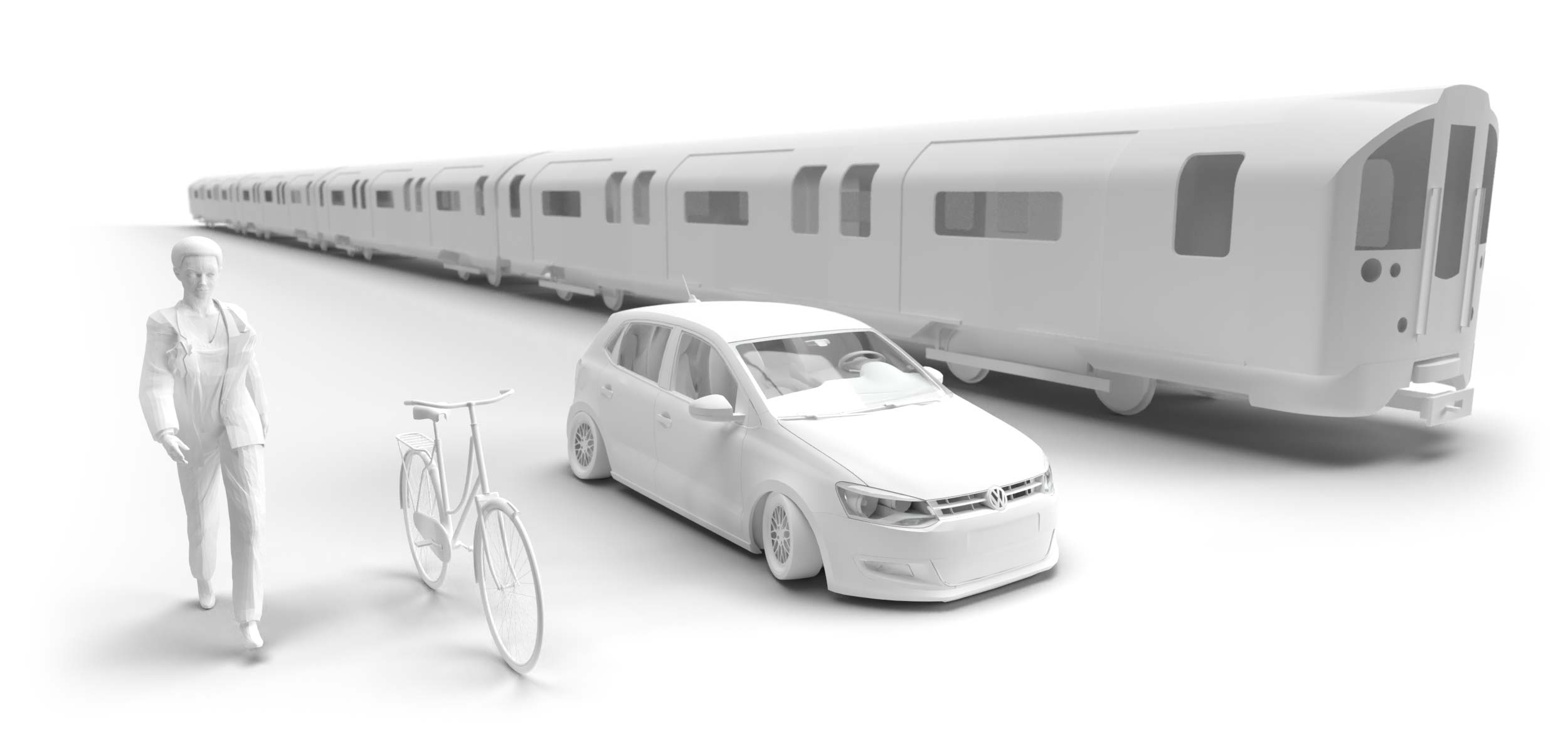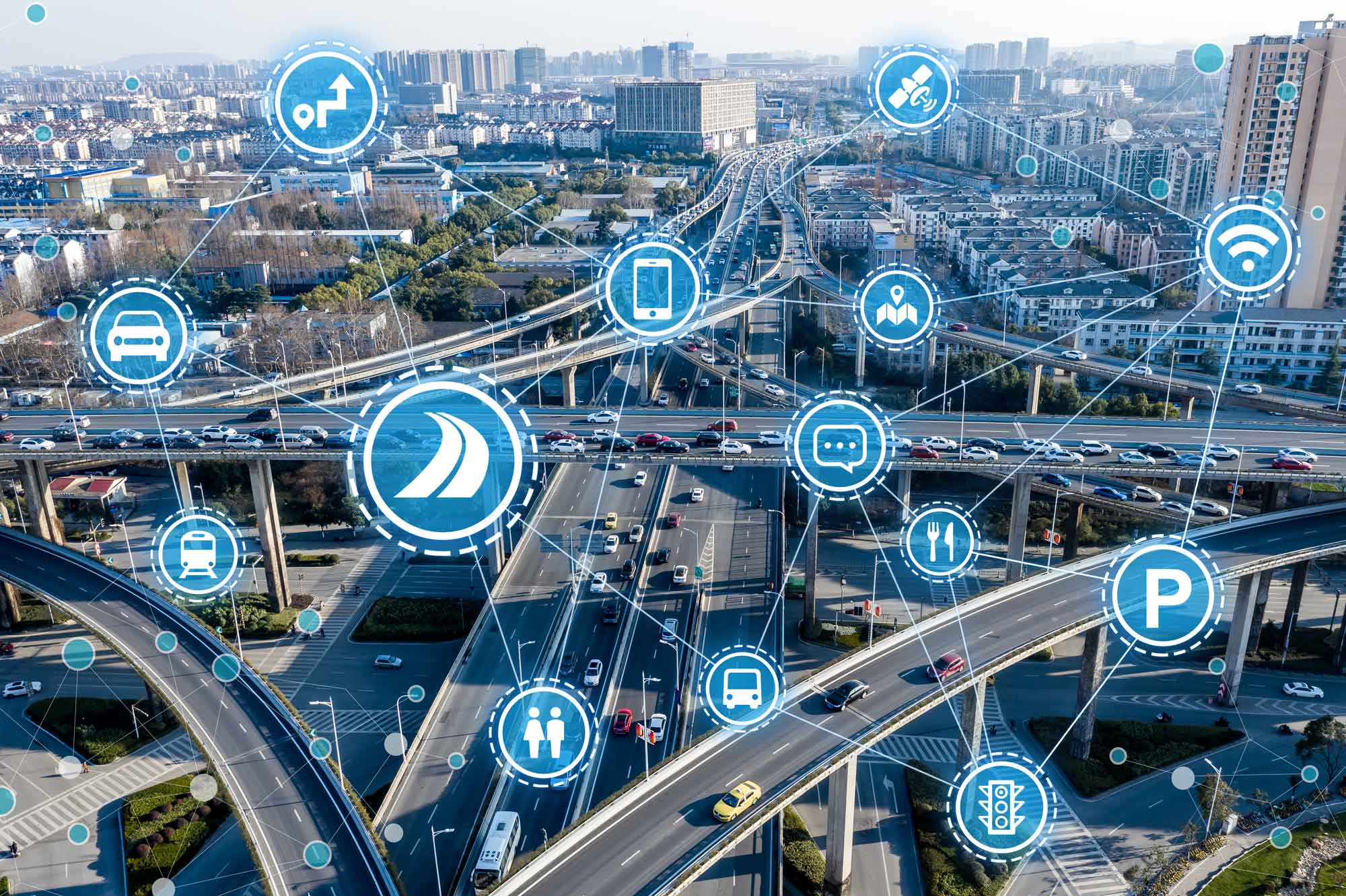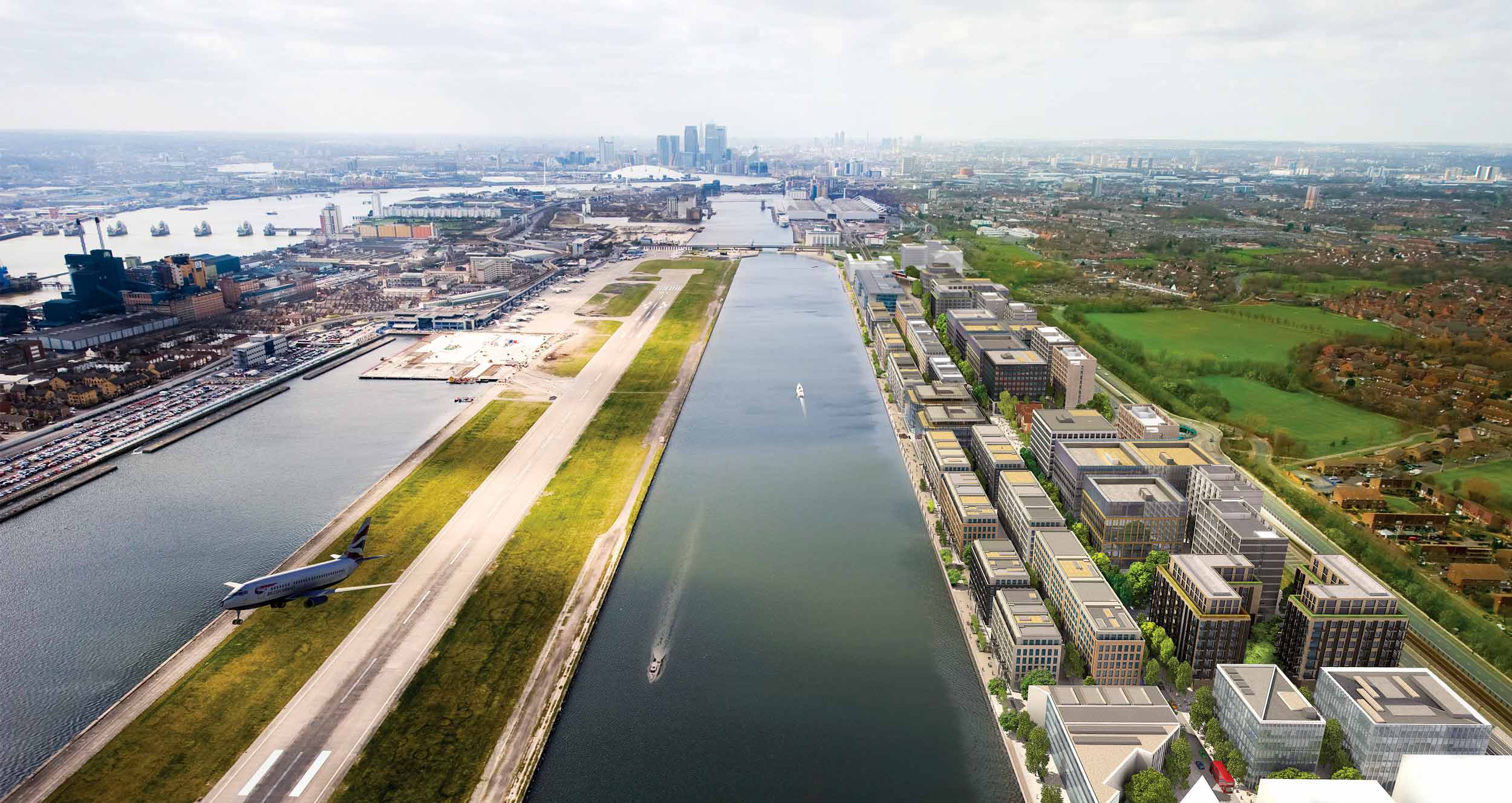At our latest virtual round-table, the discussion focussed overwhelmingly on one topic: can transport planners solve the problems surrounding congestion in a way that enables social growth and promotes urban development? Put simply, the answer is ‘yes, we can’.
But before providing any solutions, let’s first reimagine the question.
Holistic transport planning requires us to go beyond any simple transport improvements. Often, we’re seeking to moreover benefit the wider society, by providing information and opportunities that allow everyone to make more-informed decisions on transport and mobility. As part of this, our transport planners recognise ‘the nudge’ as an important tool in influencing society for the better. This phrase was first coined by economist Richard Thaler and academic Cass Sunstein back in 2008, and we’re herein repurposing it to become ‘the transport nudge’.
It is a truism that people tend to make choices primarily with their own best interests at heart, and without consideration of the consequential external factors that arise from these decisions. When faced for example with choosing a route or a mode of travel for getting to work, most people will fail to consider the impact of pollution, due to the simple fact that, within their personal assessment, this outcome is of lesser importance than their saving of time.
Humans tend to be habitual; we’re inclined to stick with what we’ve done before, and we’re more likely to embrace the familiar than to venture out into the unknown or the unpredictable. But if we start a given design with such an assumption – an assumption for example that many people already have a preferred journey to work, and one that is routine – then we begin to create and embed a bias towards that status quo.
In the realm of transport planning, these dual factors serve to highlight how the movement of people is intrinsically linked to the economics and nature of human behaviour. This then demonstrates the propensity for most transport problems, such as those of congestion, pollution, accidents, or health, to be overlooked and undervalued.

So, before proposing the solution, let’s first reimagine the question.
AKT II’s transport team supports architects and clients with the solutions to these issues; solutions that are critical for the development of an efficient and safe society.
We judiciously apply our technical capability and our understanding of the transport ecosystem, to craft designs that encourage and redirect people towards better transport decisions. This helps individuals to overcome the cognitive biases and to understand the enhanced choices that are available for them, while also increasing the impact and speed of such behavioural change.
The influence of this transport ‘nudging’ can also help to improve the effectiveness of market-based instruments and regulation, and can encourage the uptake and longevity of ‘soft’ policy measures. This may encompass the implementation of sustainable travel plans, the encouragement of car sharing, or even hierarchical shifts in the promotion of transport modes.

Our digital design-technologies greatly increase our ability to quickly model many complex scenarios. This allows our transport planners to implement responsive architecture, and in a way that benefits the occupants and public by ‘nudging’ them towards decisions that will make their lives simpler.
The application of these transport ‘nudges’ will always begin with the exploration of opportunities, influences, and questions – questions which, when viewed holistically, present the clear potential to implement change for the better. This change may occur by setting active, sustainable transport typologies as the default for when planning new developments, or instead by asking how a site can be better designed to allow easier travel by certain modes. This opportunity to create new choice is reliant on innovative transport planning and implementation, and can be particularly prominent when implemented alongside high-quality design and architecture.
Here at AKT II, we recognise the importance of attention to detail. While such nuances and intricacies may appear small, they often provide great opportunity to promote change and to deliver a better-built world. We pride ourselves on our ability to materialise great architecture that aligns the project’s ambitions with the community’s needs and requirements. And we can employ this logic at each of the local, national and international scales.

Find out what our transport planning team does beyond ‘nudging’ and get in touch to see how we can help your project.
AKT II Transport Planning